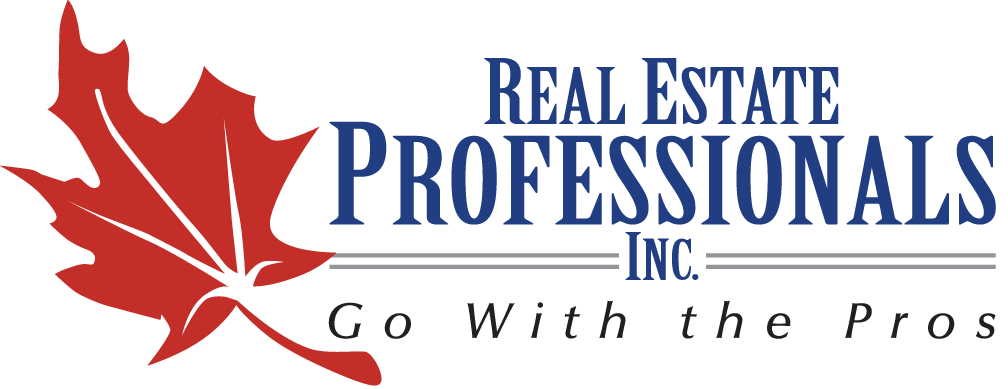Major changes to mortgage rules – what you need to know
The Canadian government is shaking things up for homebuyers with some major changes to mortgage rules, set to roll out in December 2024. Here’s a rundown of what’s changing and how these updates might impact you if you’re looking to buy, build, or renew your mortgage.
What’s New?
Higher Insured Mortgage Cap
For years, buyers needed to put down at least 20% on homes over $1 million if they wanted mortgage insurance. But starting December, the threshold jumps to $1.5 million. This is a nod to soaring housing prices, especially in cities like Toronto and Vancouver, where even modest homes often exceed that old cap.
30-Year Amortization for First-Time Buyers and New Builds
First-time homebuyers and those purchasing new builds will soon have the option of a 30-year amortization period. This means lower monthly payments, though it does lead to more interest paid over time. It’s designed to help more buyers get into the market without overwhelming monthly mortgage costs.
Easier Lender Switching at Renewal
Perhaps one of the most impactful changes, insured mortgage holders will now be able to switch lenders at renewal without having to undergo a stress test again. This opens up more competition among lenders, which could mean better deals for homeowners.
Why These Changes?
The changes aim to make housing more affordable, particularly for young and first-time buyers. With home prices still high and interest rates creeping up, it’s become harder for Canadians to step into homeownership. By increasing the insured mortgage cap and introducing longer amortization periods, the hope is to make housing more accessible.
What It Means for You
- Lower Monthly Payments: The 30-year amortization could help new buyers lower their monthly payments, making homeownership a bit more manageable. Just keep in mind you’ll pay more in interest over the years.
- More Affordable Down Payments: With the new $1.5 million cap, you may qualify for a mortgage with as little as 5% down on homes that previously required 20% upfront. This change could open doors in pricier markets.
- More Lender Options: The ability to switch lenders without redoing the stress test is huge. It means you could shop around for better rates without worrying about disqualifying under the stress test, making mortgage renewals a little less stressful.
My Take on These Changes
Higher Cap on Insured Mortgages: This is bound to be helpful for homebuyers in high-cost areas, especially in Ontario and BC, who’ve been priced out by the $1 million cap. However, it might also fuel demand and potentially raise prices further. Personally, I’ve never liked the cap—it’s always felt like it unfairly favored certain markets over others due to the disparity in home prices across Canada.
30-Year Amortization: The idea here is that it might encourage builders to produce more homes, giving them a competitive edge by making new builds more affordable for buyers. It’s hard to say if this will work as intended, but any measure that can encourage supply growth is worth a shot. For first-time buyers, though, dropping the stress test entirely would likely have more immediate impact. Just as an example: a $400,000 mortgage with a 4.24% rate over 25 years has monthly payments of $2,156. Stretching that to 30 years reduces it to $1,957—a savings of nearly $200 a month, though you’d pay about $50,000 more in interest overall.
Stress-Test-Free Lender Switching: This is the change I’m most excited about. Allowing homeowners to switch lenders without going through the stress test levels the playing field and increases competition. Before, mortgage renewal offers were often less competitive since lenders knew it was hard for homeowners to shop around. Now, with easier lender switching, you can expect better rates, which should save money for many Canadians as they renew their mortgages in the coming years.
These updates represent some of the biggest changes to Canadian mortgage rules in a while, all aimed at tackling the housing affordability crisis. Whether you’re buying your first home, looking at a new build, or preparing to renew your mortgage, these changes bring more options and flexibility. Keep these new rules on your radar if you’re planning to jump into the market soon or have a mortgage renewal coming up. The full impact will become clearer as the rules take effect, but in the meantime, it’s a step towards making the Canadian dream of homeownership a little more attainable and I’ll be with you on your journey. Don’t forget to visit me on Facebook and Google!
![]()

